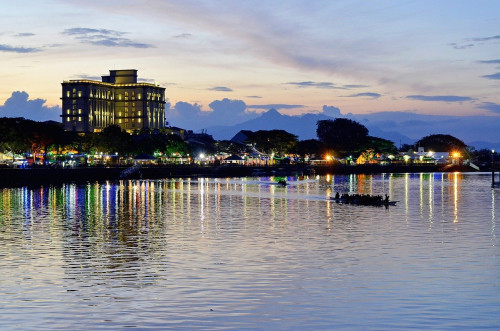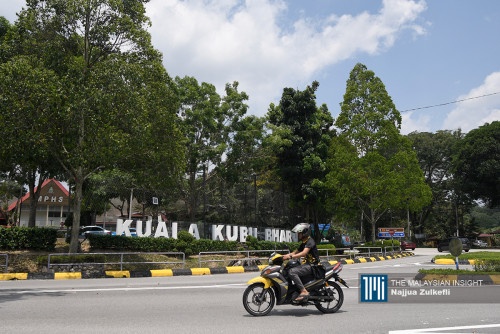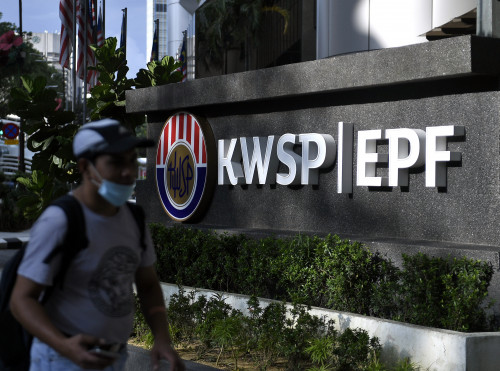THE KL Chinatown area has been on an upswing for a few years now – though it was obviously dented by the pandemic like anywhere else – becoming a hip and lively area for people out for a night on the town, while still maintaining plenty of its historic charm as represented by the iconic Petaling Street.
To accommodate the spirit of nightlife, there are plenty of cool new bars popping up, with three of the most recent being Her House, Kapitan Haus and Rust KL, all within walking distance from one another.
Her House opened in January, while Kapitan Haus, which is on the second floor of Da Bao, was rebranded as its own bar in May. The newest was Rust KL, which opened just last month after a months long renovation.
This past week, the three locations joined forces for a bar takeover where bartenders from each spot slung special menus of three drinks each inspired by the food and history of Chinatown at each others’ venues. The special menus are available until the end of the month.
Perhaps reflecting the historical association with the British, the menus are gin-centric, featuring Scottish gin maker Caorunn’s three expressions, made up of the classic version, Scottish Raspberry Gin, and the appropriately strong Highland Strength (54% ABV).
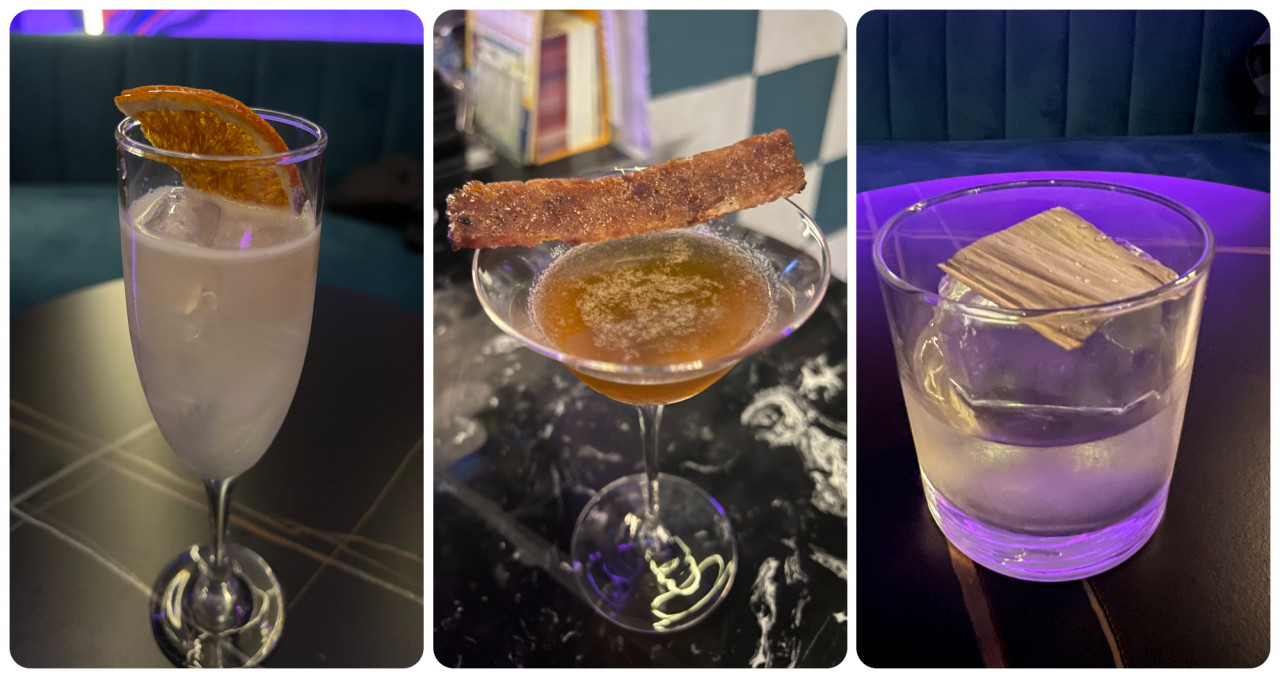
Kelvin Lee, the head bartender at Her House, presents the Roasted Chestnut Raspberry Cup, Bakkwa Hero and Green Dragon - all built around syrups and integrating foods sold in the neighbourhood, including Petaling Street’s roasted chestnuts, honey glaze bakkwa and dried bamboo leaves.
The bar itself is a cosy little speakeasy type place, located on the second floor of a nondescript shoplot on Jalan Sultan. Entering, you go up a stairwell that looks like any other, before opening a door and stepping into a really cool entranceway.
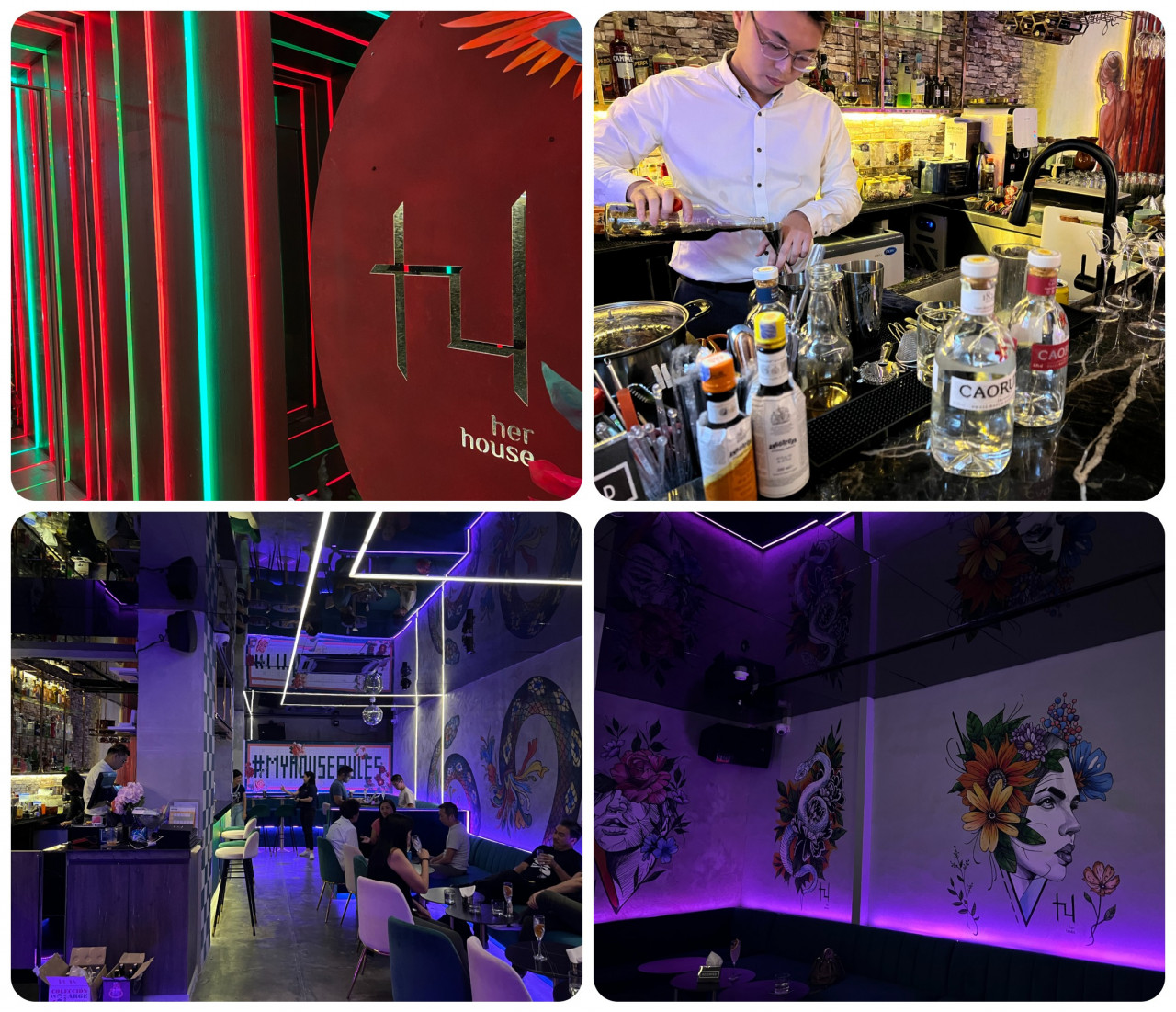
The name Her House is also meant to represent a certain warmth and friendliness. One of the owners relates the name to relaxing after work drinks with his wife, though different owners have their own stories behind the name.
A big part of the revitalisation of the neighbourhood has been linked to the restoration of the alleyway known as Kwai Chai Hong, that has in recent years become a tourist destination, with spillover effects in the surrounding area.
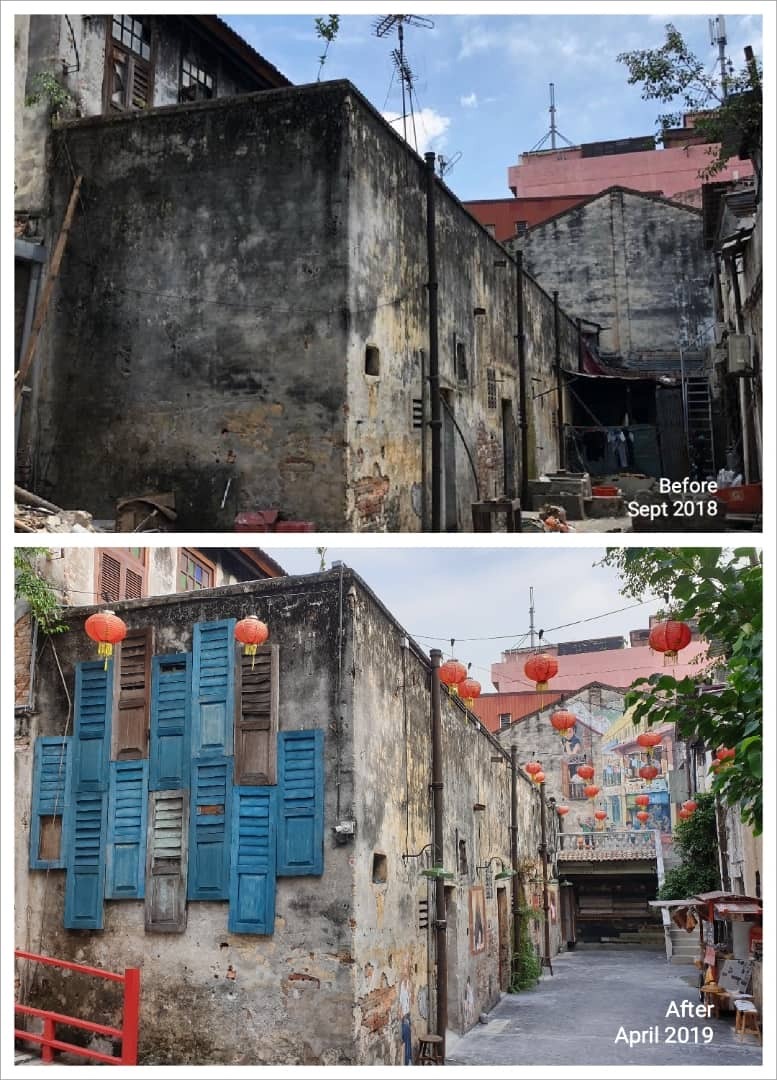
“When five of us decided to do Kwai Chai Hong, we didn’t know and this is the honest truth, that we didn't know that we took 10 shop lots that were labelled heritage buildings,” said Kwai Chai Hong co-founder Zeen Chang, last week.
“We wanted KL Chinatown – Kwai Chai Hong – to be more of Chinese culture than to be known for counterfeit products and foreign workers,” said Kwai Chai Hong co-founder Zeen Chang, last week.
“I think it’s a very bad representation when people come to your country and say ‘let’s go to KL Chinatown or Petaling Street’, every single product you buy you better be sure, it's not a knock off, it’s definitely a counterfeit Nike or Manchester United T-shirt or Rolex watches. I don’t think that’s a very good representation.”
“By doing what we try to do at least at Kwai Chai Hong, I bring you back to the last moments of where I feel it’s still very glorious. We’re still very proud of what the Chinese community used to be.”
.jpg)
A little walk away on Jalan Petaling, with a back entrance into Kwai Chai Hong, is the popular Da Bao restaurant, and on its second floor is Kapitan Haus.
For the event, head bartender Yap Siew Mun created the Air Mata Kucing highball, Red Light District sour, and the Kapitantini; an apple-infused twist on the Martini. The Red Light District drink is a very clear nod to the real history of the area.
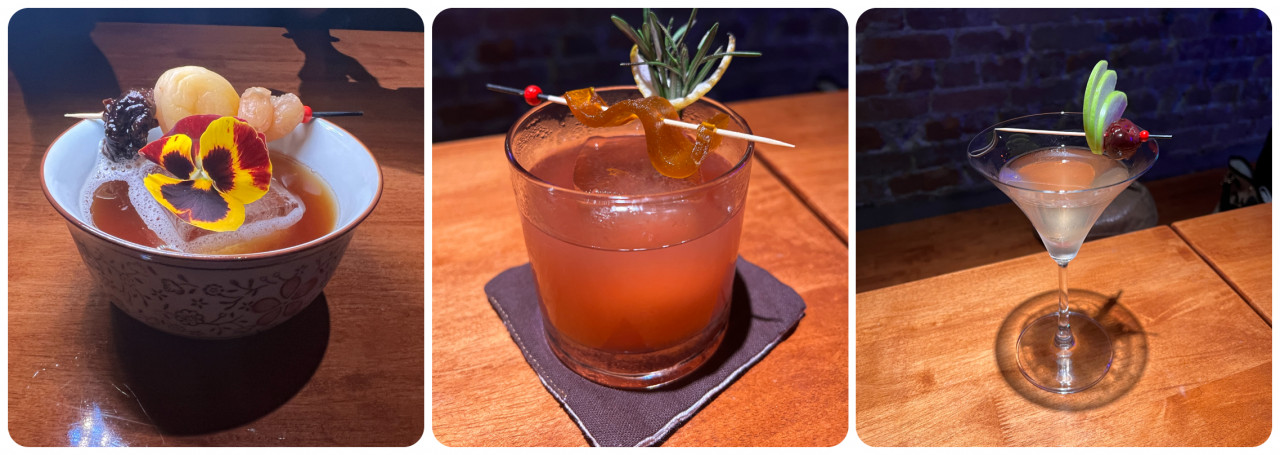
For some, this history and even the use of the word Chinatown is not something to be promoted, which Zeen strongly disagrees with.
“That place (Kwai Chai Hong) used to be a red light district. Prostitution is the norm and when we did up the alley and I put the mural to represent a profession, the oldest profession and the most popular profession, we got slammed, we were told ‘that’s a very bad representation’ of Chinatown,” she said.
“I said if you decide to edit history, decide to censor history, then it’s not history. I am proud that this place used to be a red light district, what’s the problem?”
Jane Rai, founder of Free Walk Kuala Lumpur Unscripted, which regularly runs tours throughout the area, said Chinatown has seen constant changes since she began running tours in the early 90’s.
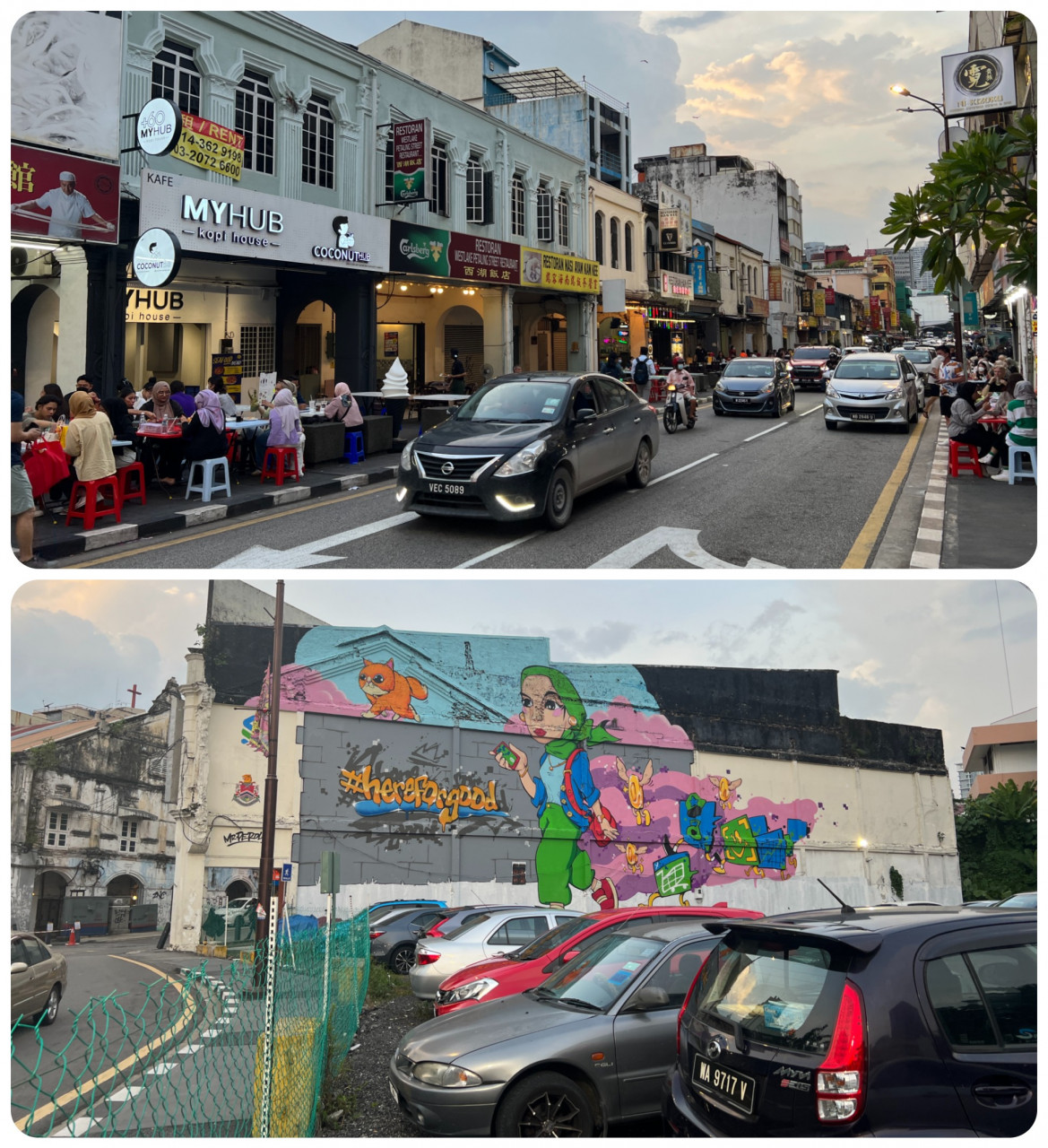
Despite the name Chinatown, the area encompassing Petaling Street, Jalan Sultan, Jalan Pangong and Jalan Tun HS Lee, was once a very diverse neighbourhood. The ‘borders’ are also quite amorphous, with different people having different definitions of what constitutes KL’s Chinatown.
A lot of the history is tied to Kapitan Yap Ah Loy, who arrived in Melaka in 1854 from China, before settling in the area that is now Kuala Lumpur and helping to establish the city to what it is today.
“There are good sides about him and also bad sides, but he was given a vast piece of land to occupy and that land is the one that is from the Kampung Atap area all the way to Kampung Rawa side. So all the land that he occupied was all on this side.
“He had to pay the sultan (of Selangor) a certain amount of revenue tax, so he had to decide what to do, how to utilise the land. In many ways he had a pig sty and they started to grow tapioca and because tapioca you know is a very interesting commodity that was sold and it gave employment.
“He went into opium importing business and prostitution business into tin mining business, the coal business, a sundry shop. In a way he was a philanthropist as well, starting off schools and medical centres,” according to Jane.
The final bar, Rust KL, was a short walk away up Petaling Street, located just across the road from the iconic entrance to the popular tourist attraction.
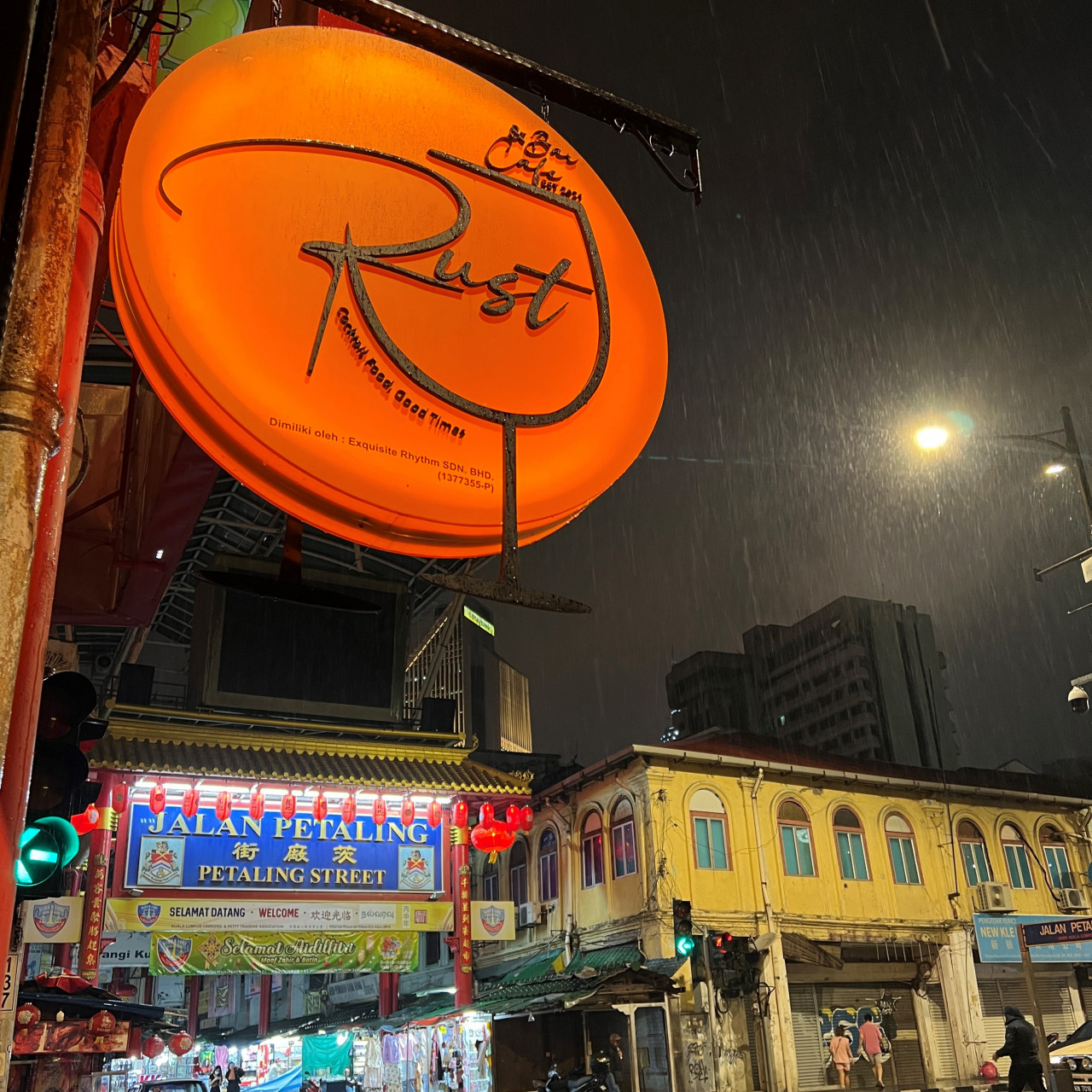
Taking up two floors, Rust KL stretches all the way to the back of the shop lot, with ample space for a smoking room (vaping only) in the back, that can also be used for training purposes and has a very communal vibe. Interestingly enough, during recent renovations, there was some evidence discovered that the location may once have been a brothel.
Melaka-born head bartender, Haniff Yon, highlights local fruits in his eclectic drinks menu, the Farang, Dirty Pandan, and Cheese & Pepper. The drinks are made using guava juice and lychee cordial (Farang), pandan vermouth and papaya pickle cordial (Dirty Pandan), and cantaloupe cordial with a head of mozzarella foam (Cheese & Pepper).
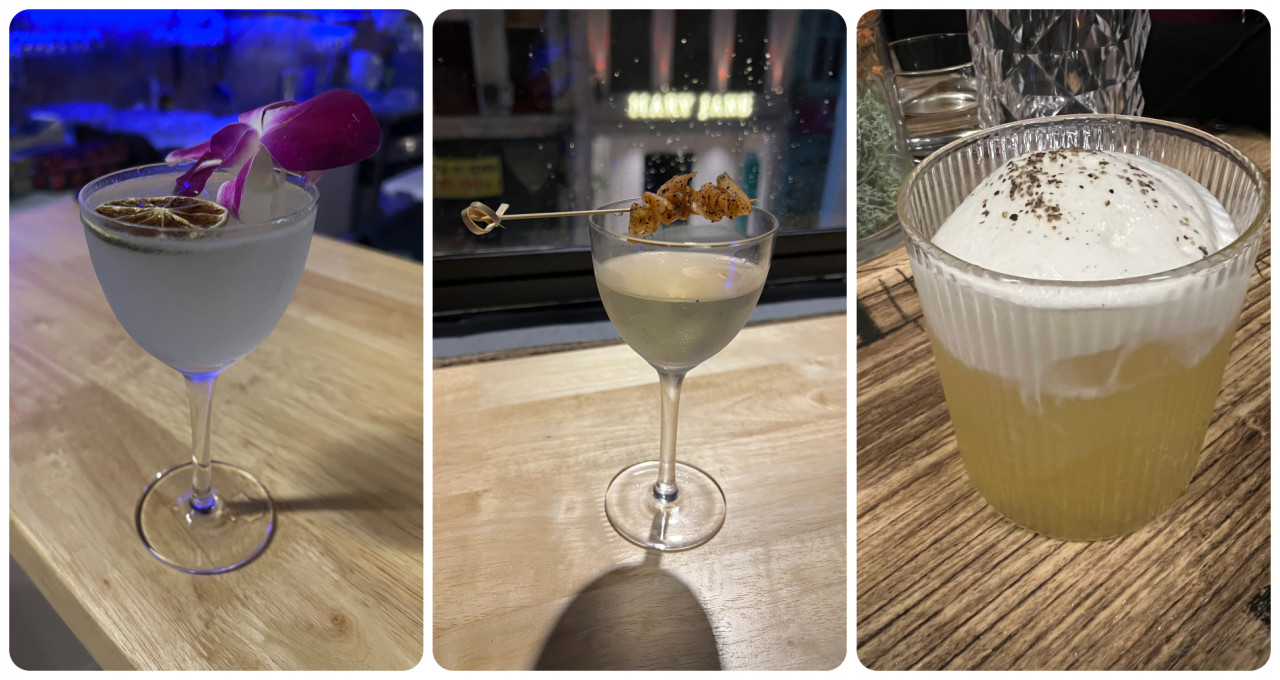
However, while trendy bars and hip nightspots may be plenty of fun, there is always the fear of gentrification, the possibility that the old residents of Chinatown might be priced out of a place they have called home for generations. How much can a neighbourhood change while retaining its essential character?
“I don’t know in which direction it’s going to go on because the gentrification is so rapid, that you know the buildings, the original facade of the buildings I think needs to be retained and maintained and I don't mind that they do structural changes to it inside,” said Jane. – The Vibes, June 26, 2022
*This article is part of a series of content produced for Lens KL, The Vibes Culture & Lifestyle’s fortnightly series that sheds light on the past, present and future aspirations of Kuala Lumpur.



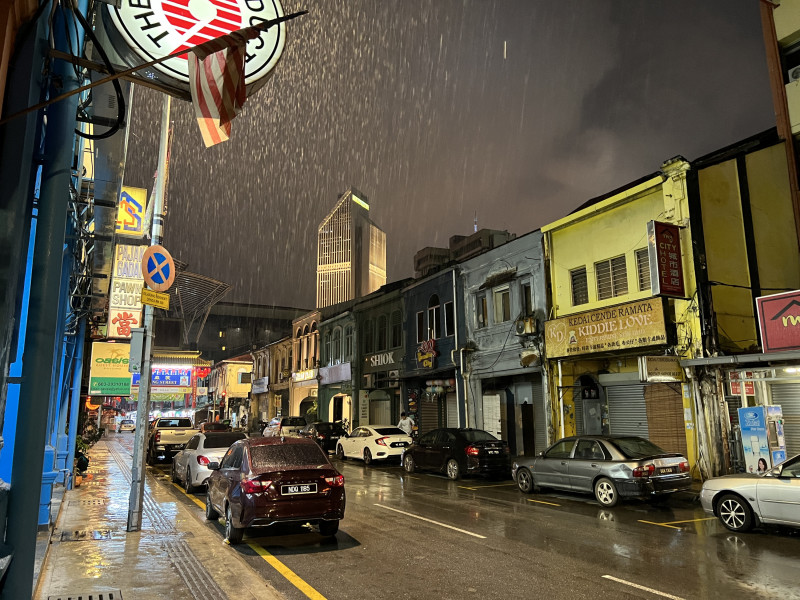
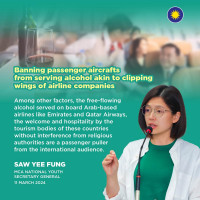
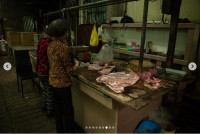
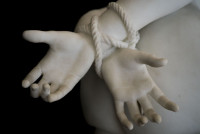

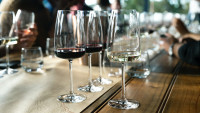
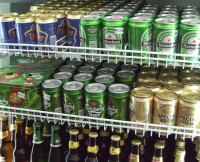


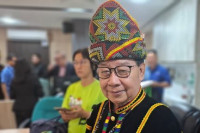


.jpg)

